Birth name John Pitcairn Name John Pitcairn | Years of service 1746–75 Service/branch HM Marine Forces | |
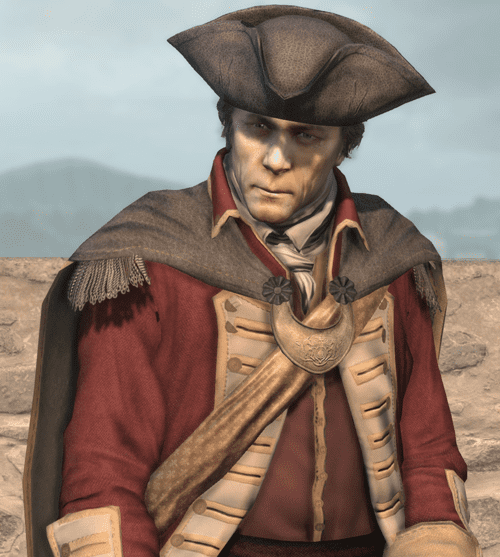 | ||
Similar People Thomas Gage, Francis Smith, Israel Putnam, Joseph Warren, Henry Clinton | ||
Assassins creed 3 clean air assassination on john pitcairn
Major John Pitcairn (28 December 1722 – 17 June 1775) was a Scottish Marine officer who was stationed in Boston, Massachusetts, at the start of the American War of Independence.
Contents
- Assassins creed 3 clean air assassination on john pitcairn
- Assassin s creed 3 how to assassinate john pitcairn
- Early life and education
- Career
- Personal life
- In popular culture
- References
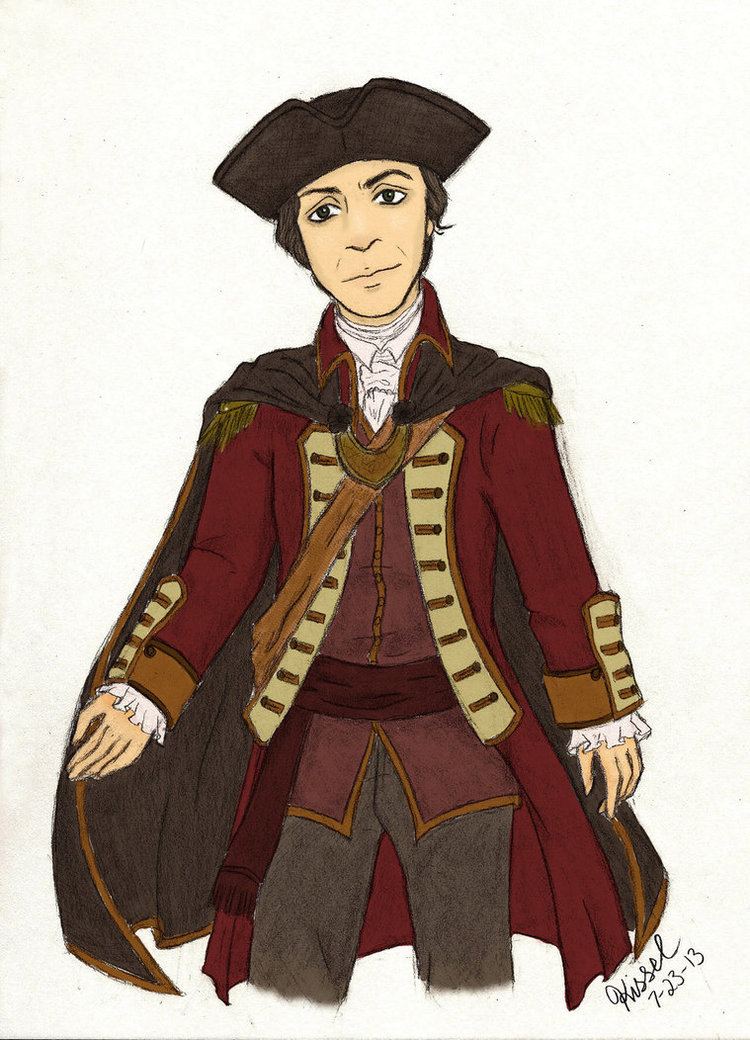
Assassin s creed 3 how to assassinate john pitcairn
Early life and education
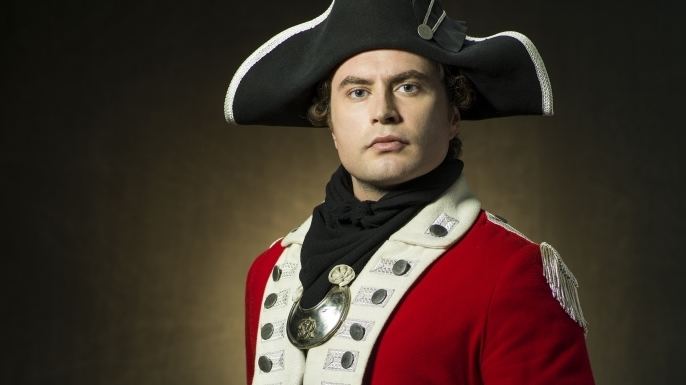
Pitcairn was born in 1722 in Dysart, a port town in Fife, Scotland. His parents were the Reverend David Pitcairn and Katherine (Hamilton) Pitcairn. He entered the Royal Marines, was commissioned as a lieutenant in 1746, served in Canada during the French and Indian War as a captain, and was promoted to major in 1771. In 1774 he arrived in Boston, Massachusetts, in command of 600 British Marines assigned to support the British forces in the increasingly restive colony.
Career
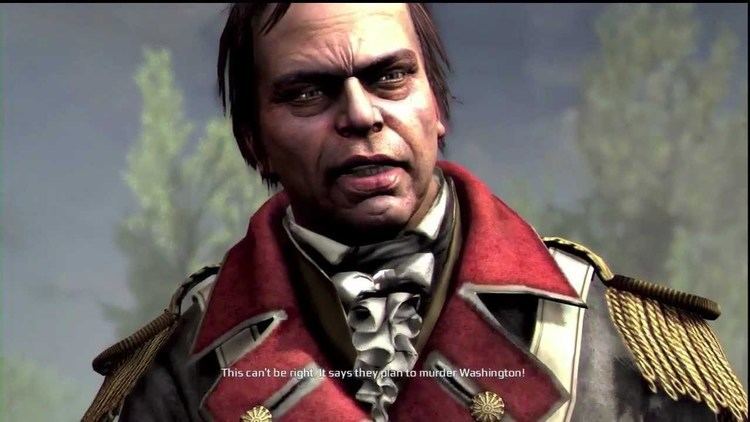
John Pitcairn was respected by the citizens in Boston as one of the more reasonable officers in the occupying force. He was in command of the advance party that marched on Lexington and Concord on 19 April 1775, which began the American War of Independence. His horse was shot from under him, and he lost a pair of matched pistols when the column's baggage was abandoned. Patriot leader Israel Putnam would carry them through the rest of the war.
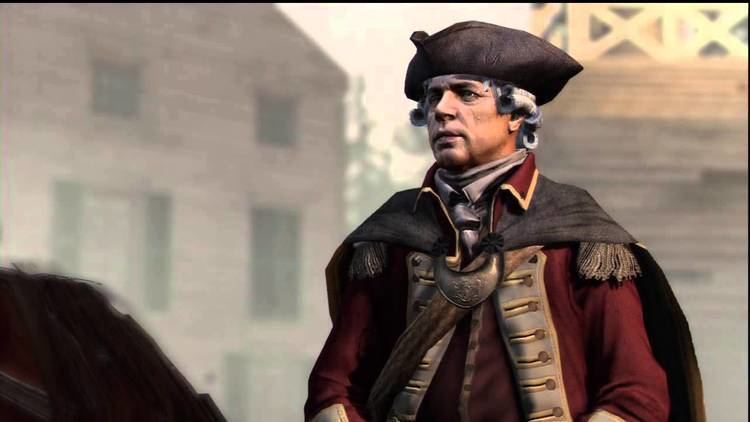
At the Battle of Bunker Hill two months later, Major Pitcairn commanded a reserve force of about 300 Royal Marines. They landed at the south end of the Charlestown peninsula. When the first assaults failed, Pitcairn led his men up the hill toward the American position, only to fall victim to a musket shot, said to have been fired by a former slave named Peter Salem. He toppled into the arms of his son, William, also a Royal Marine officer, who cried out, "I have lost my father!" Some Marines tried to console the son, while others, overcome with emotion, openly wept. Pitcairn was carried back to Boston, where he died of his wound within hours. He is buried at the Old North Church in Boston.
John Trumbull's painting of the Battle of Bunker Hill depicts Pitcairn's death, though with several errors and anachronisms. Since no portrait of him is known to exist, Pitcairn's son David Pitcairn was used as a model by Trumbull. The uniform depicted in it was not actually adopted by the Royal Marines until the 1780s. Pitcairn is shown falling at the crest at its capture from the American force, while he was actually shot starting to climb the hill. Major Pitcairn is also depicted at the painting of the Battle of Lexington in the U.S. Capitol rotunda.
Personal life
John Pitcairn married Elizabeth Dalrymple (1724–1809), a daughter of Robert Dalrymple. Together they had four other sons and four daughters. One son, Robert Pitcairn, was a midshipman in the Royal Navy. On 3 July 1767 the 15-year-old boy, aboard the sloop HMS Swallow, was the first person to sight an unknown island in the south Pacific. The captain named the island Pitcairn's Island in the boy's honour. Later, in 1770, Robert Pitcairn was aboard an East India Company ship that vanished without trace en route to the Comoros Islands. Another daughter, Catherine Pitcairn, married Charles Cochrane, son of the 8th Earl of Dundonald and a first cousin of Admiral Thomas Cochrane, 10th Earl of Dundonald.
